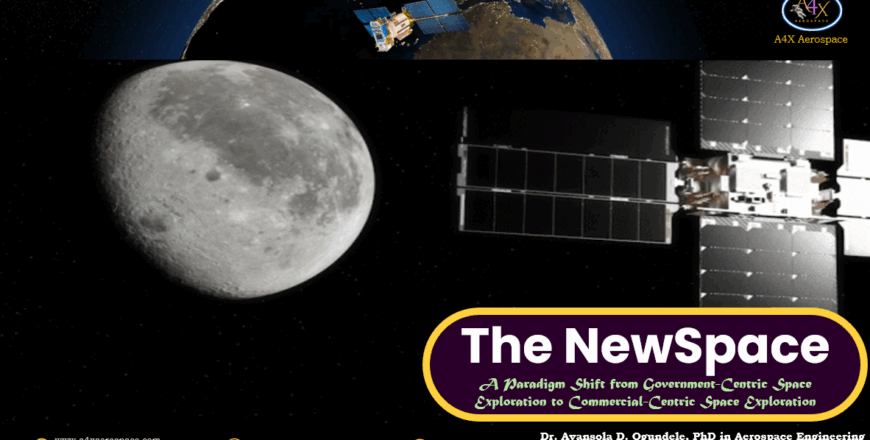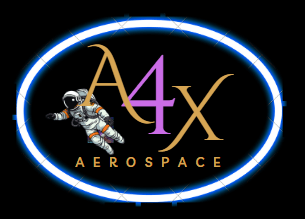Course Description
Human fascination with space, curiosity about what lies in space, and the benefits that can be derived from exploring it have led to several discoveries, the launch of various spacecraft, vacation in space through space tourism, and adaptation of the technologies initially designed for space exploration to solve various human needs on the Earth, made possible through various spin-offs.
Today, human fascination is deepening, and space is no longer the sole purview of government agencies. Private companies are disrupting the space exploration and satellite industry as they race to produce increasingly sophisticated satellites and reusable launchers. It’s a new frontier in satellite technology.
The dawn of the Space Age was opened by the successful launch of the world’s first artificial satellite, named Sputnik-1 by the Soviet Union, on October 4, 1957, and the Apollo Moon landings. Since then, through space explorations, various advancements have been made in medicine, telecommunications, earth observation, global navigation, and a host of others. In this New Space Age era, there is a symbiosis relationship between space exploration and the Fourth Industrial Revolution (4IR).
Driven by the need to accelerate innovation, the new frontier of space exploration is helping NewSpace companies to be able to identify opportunities for extending the limit of rocketry, satellite design, and manufacturing. All these sums up what is now referred to as “The NewSpace” as more private individuals are now aiming for space to either tap the abundant natural resources in heaven or to have a better view of the Earth and the cosmos.
The foundation of new companies with high private capital deployment, the use of new technologies and approaches, and the convergence with the information technology sector form the basis of “The NewSpace“.
The NewSpace concept entails the emergence of the private spaceflight industry, characterized by commercial companies, agile methodologies, reusable launch vehicles, spacecraft miniaturization, disruptive technologies, new business models, focus on speed, efficiency, and cost-effectiveness. Unlike the traditional space that is government-sponsored, NewSpace is championed and sponsored by NewSpace companies such as SpaceX, Blue Origin, Virgin Galactic, etc.
The evolution of NewSpace is influenced by changes in space law, especially the Outer Space Treaty and domestic regulations such as the Commercial Space Launch Act.
The Outer Space Treaty, the cornerstone of international space law, established key principles such as the peaceful use of space and the principle of non-appropriation, which implies that no nation can claim ownership of celestial bodies.
The Commercial Space Launch Act of 1988 and its subsequent amendments are crucial in facilitating commercial space activities. The Act authorizes the Federal Aviation Administration (FAA) to license commercial launch and re-entry activities, ensuring safety and accountability.
In this course, the evolution of the NewSpace, the comparison between the NewSpace and the traditional space, investments in New Space, and the NewSpace market strategy are presented.
This course is divided into five modules: Evolution of The NewSpace Concept, The NewSpace Versus the Traditional Space, Contributing Factors to the Emergence of The NewSpace, The NewSpace Ventures, and Market Drivers of The NewSpace.
Insights you’ll gain
Skills you’ll gain
Target audience
Module 1 Part 1: The NewSpace Concept
Module 1 Part 2: The NewSpace Companies
Module 1 Part 3: The NewSpace Market
Module 1 Part 4: The NewSpace Race
Module 2 Part 1: Comparison Between The NewSpace & The Traditional Space
Module 2 Part 2: The NewSpace Approaches Versus Traditional Space Approaches
Module 2 Part 3: Traditional Space Missions
Module 2 Part 4: The NewSpace Missions
Module 3: Part 1 The NewSpace Financing
Module 3 Part 2: Technological Innovation
Module 3 Part 3: The NewSpace Business Innovation
Module 3 Part 4: The NewSpace International & National Framework
Module 4 Part 1: Classifications of Space Investments
Module 4 Part 2: Types of Space Investors
Module 4 Part 3: The NewSpace Unique Ventures & Investors
Module 4 Part 4: The NewSpace Ventures Trends
Module 5 Part 1: Technological Advancements & Declining Launch Costs
Module 5 Part 2: Increase in Investment
Module 5 Part 3: High Demand for Spacecraft
Module 5 Part 4: Increase in Space Exploration Missions
Module 5 Part 5: High Data Demand & Rising in Public Sector Interest

